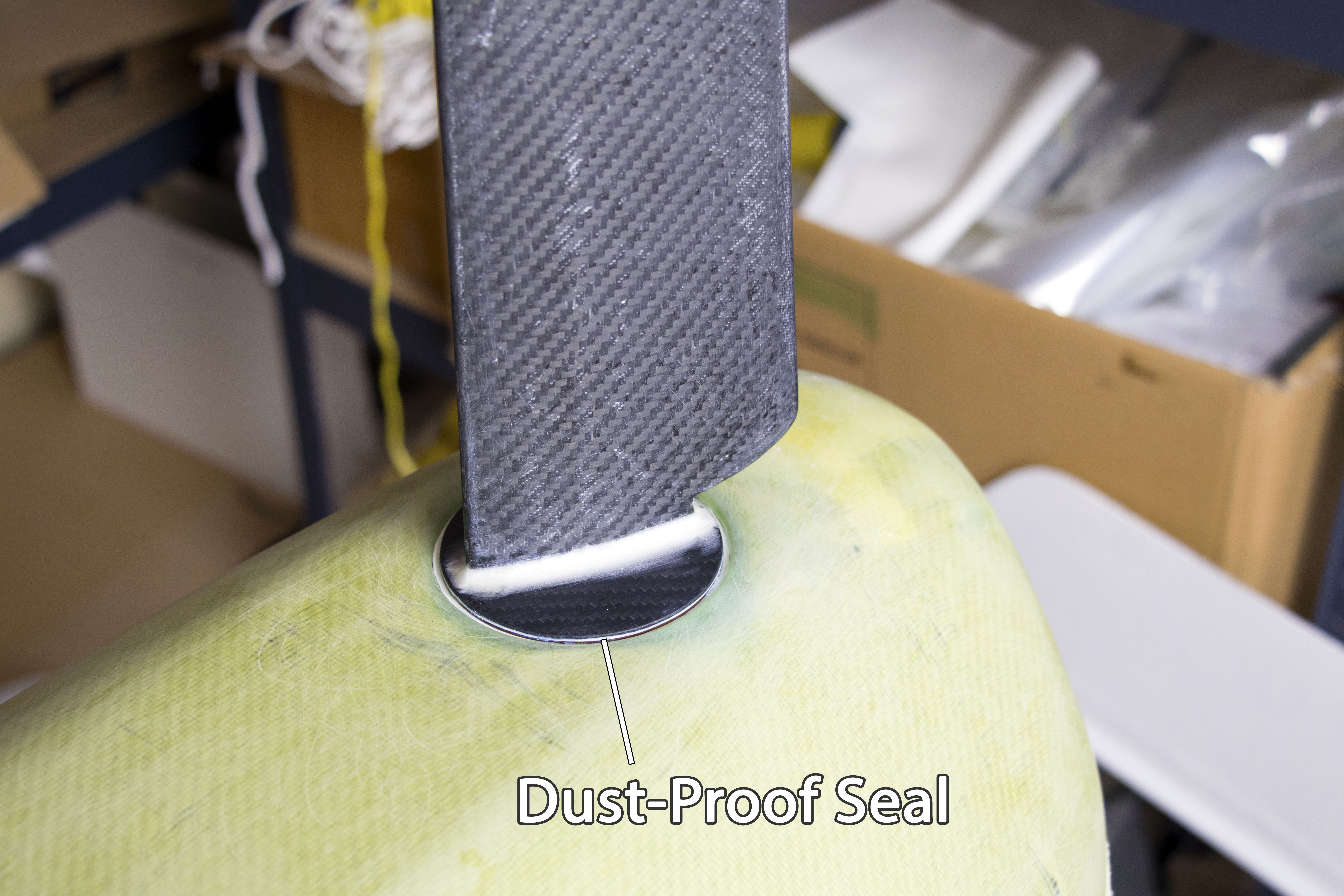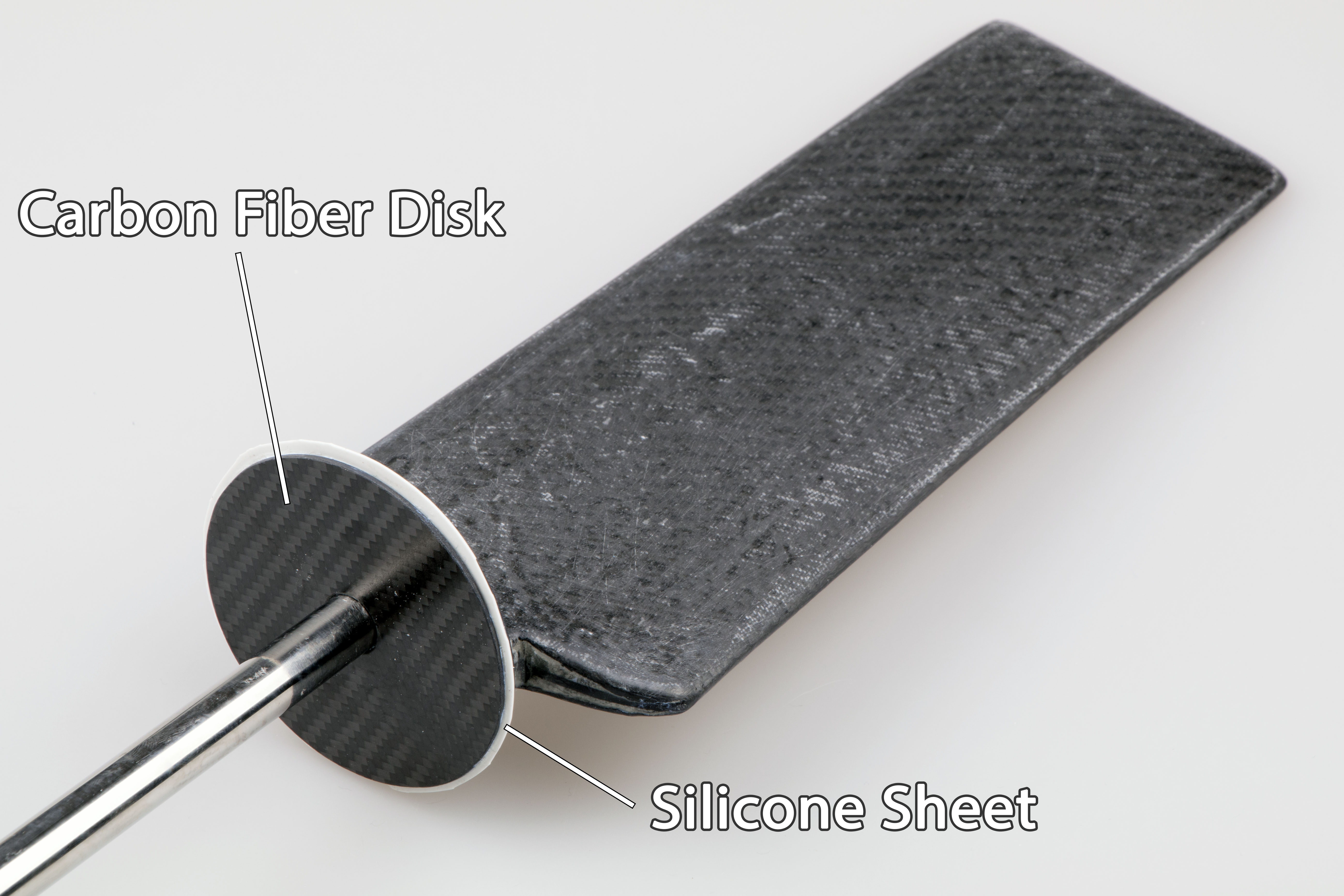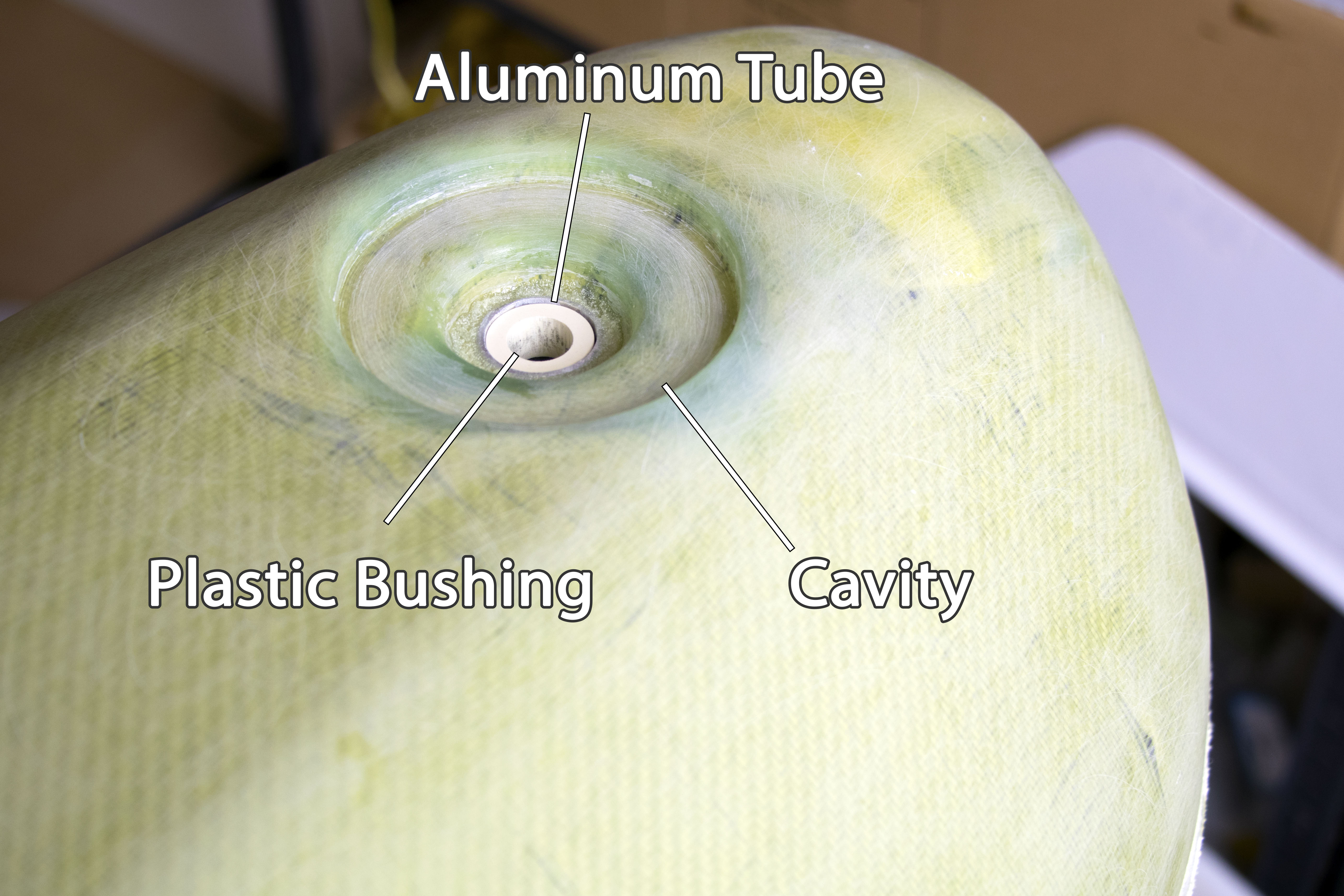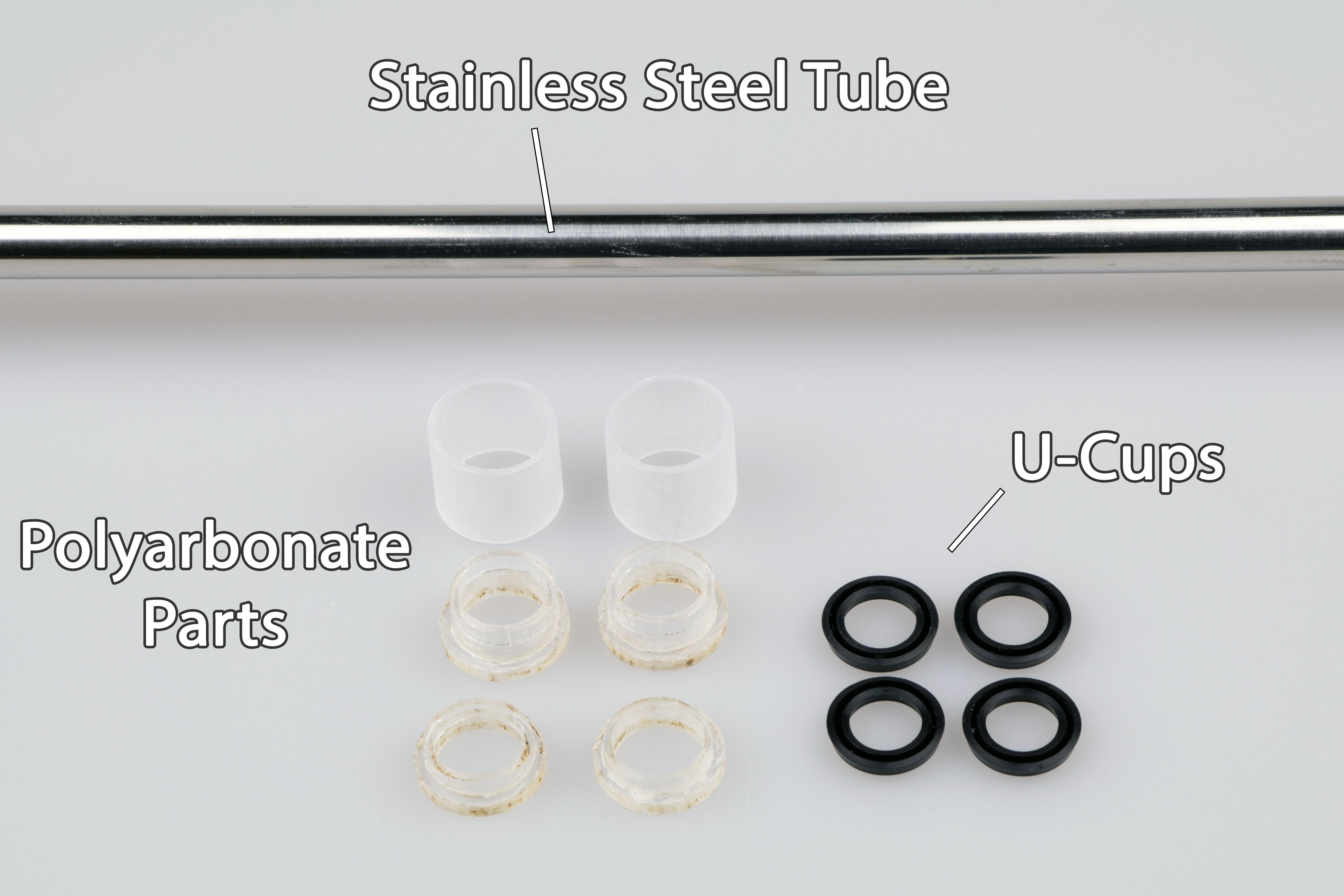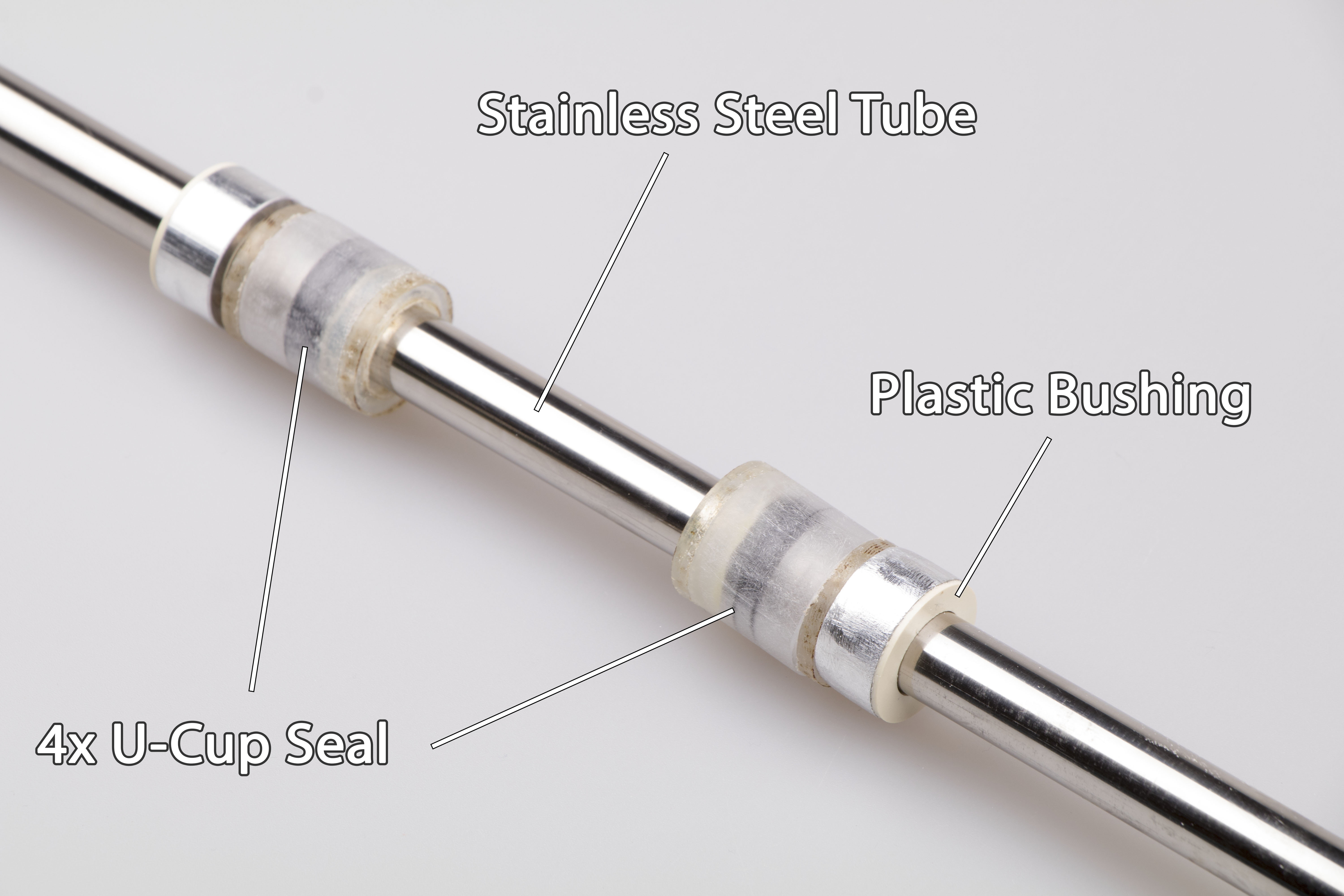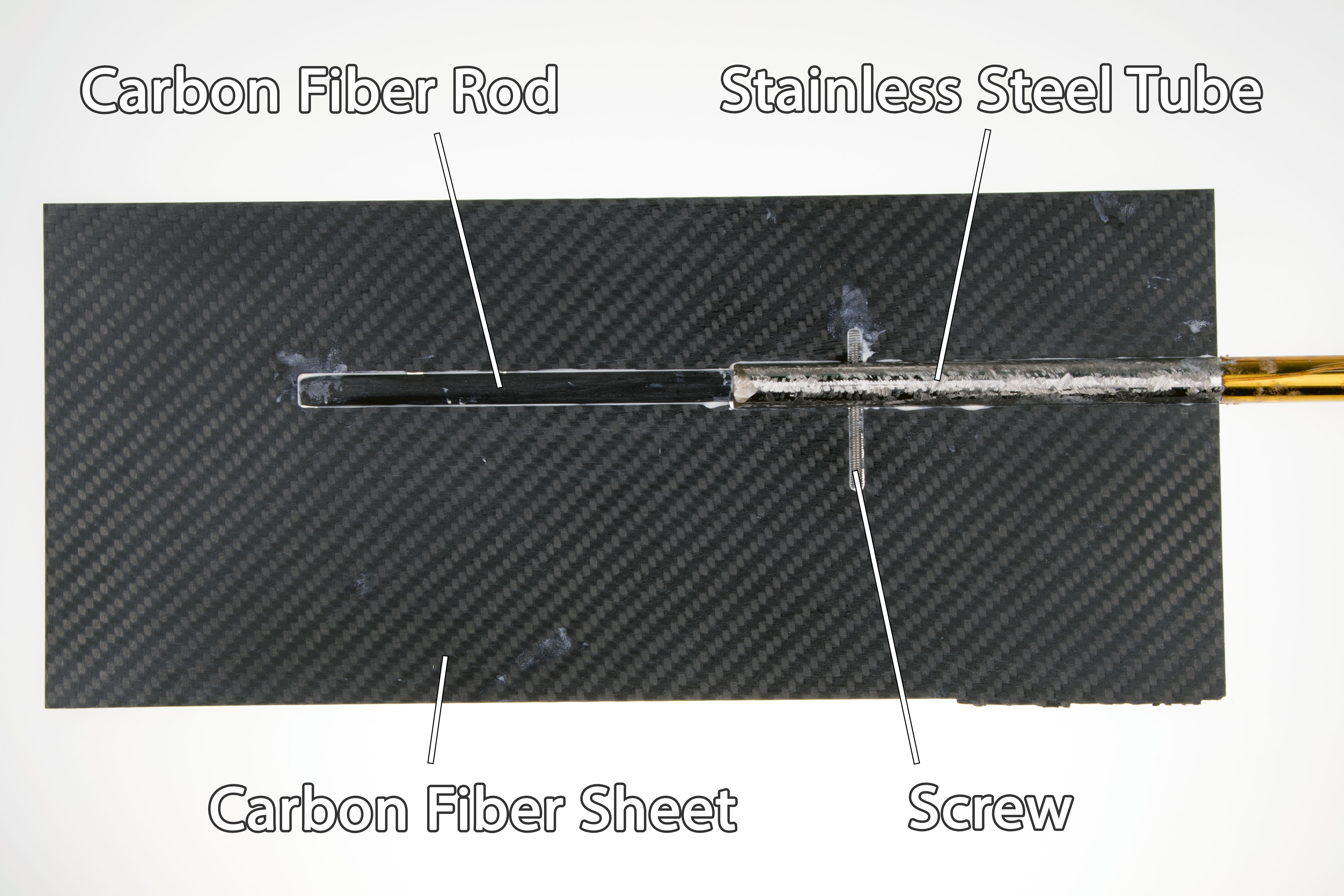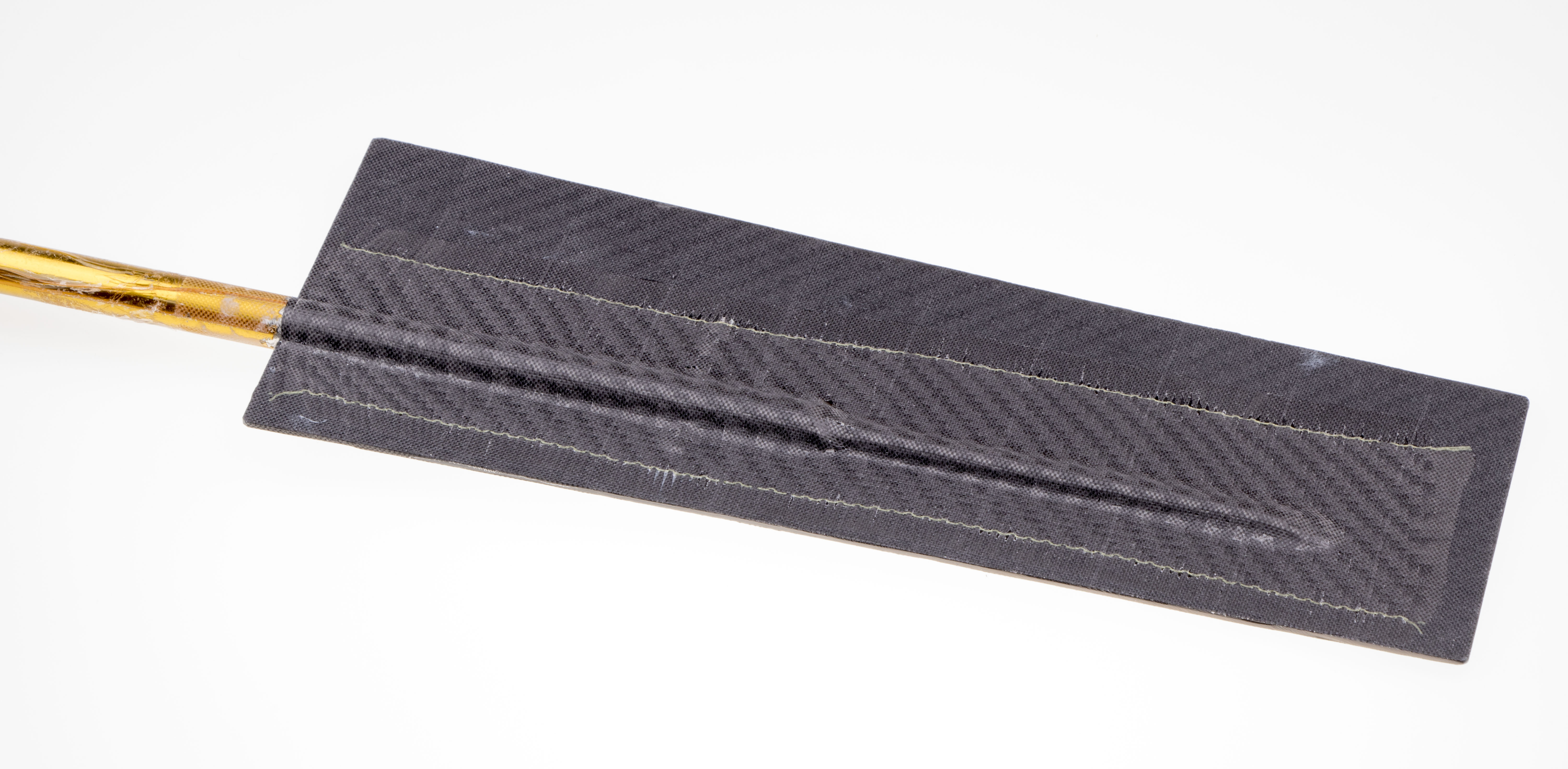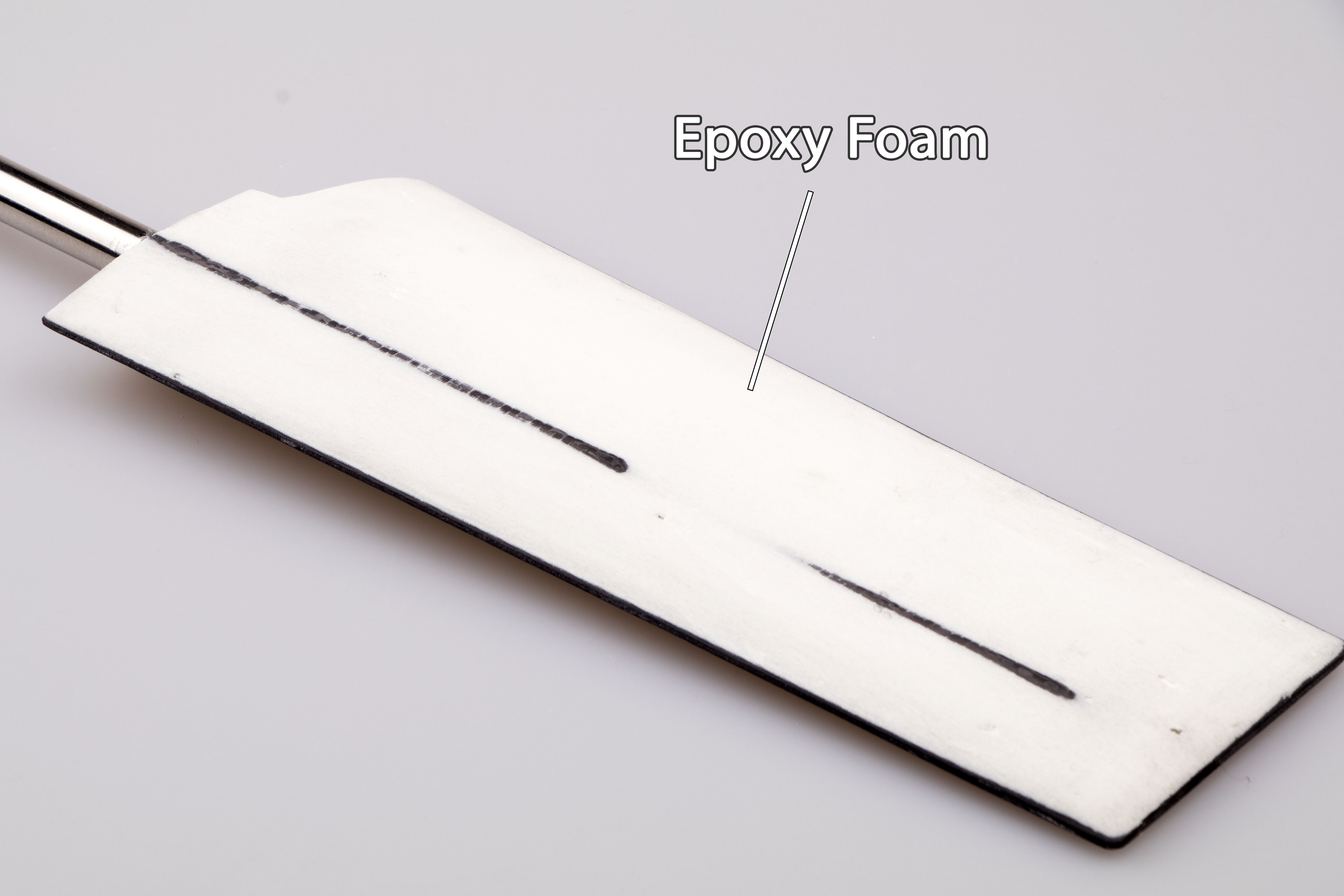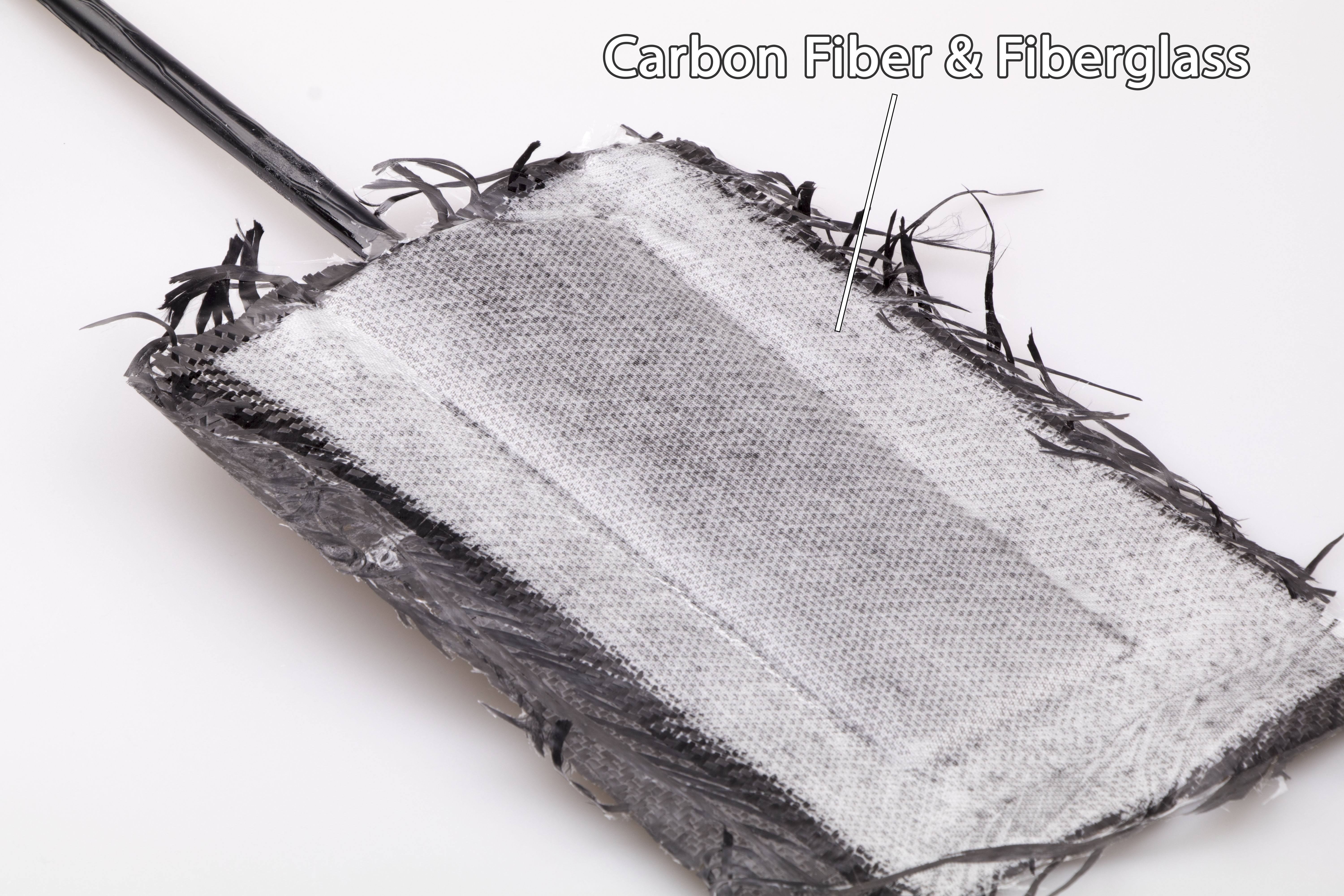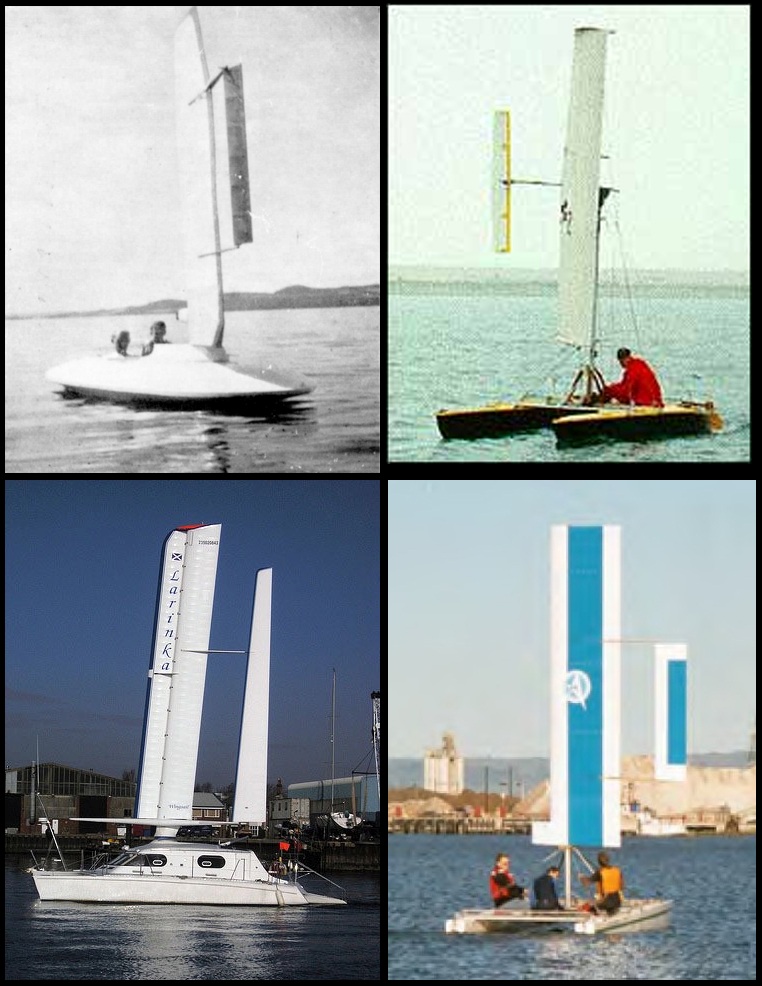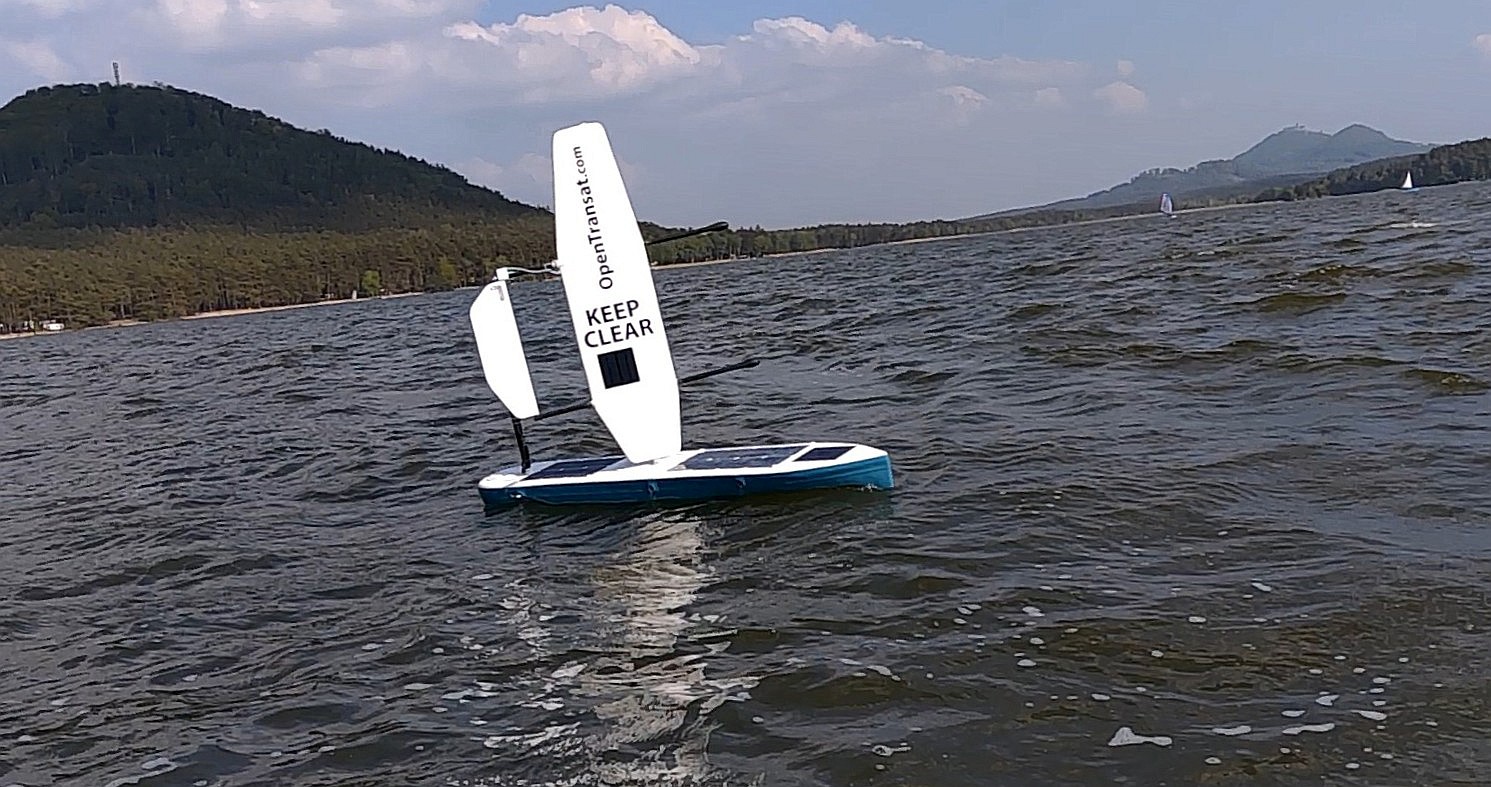The rudder on such a small boat can get easily entangled in seaweed or fishing nets. Numerous autonomous boats were recovered with a missing rudder which suggests that the rudder is often underestimated. This very unique rudder combines two interesting features:
- It avoids entanglement around the rudder shaft
- It’s symmetrical, i.e. the force needed to steer the boat is relatively small
This rudder design is experimental and never tried before. Hopefully it will turn out well!
The rudder has a flange that fits in the cavity on the hull surface. The dust-proof seal prevents small particles from entering into the cavity.
The dust-proof seal is accomplished by using a thin flexible silicone sheet that closes all gaps around the flange.
There is a low-friction plastic bushing that holds the rudder shaft. The wateproof seal is located inside the aluminum tube.
The rudder shaft is made from a polished stainless steel tube that has a good adhesion to the rubber u-cups. U-cups are special o-rings designed for rotary shaft seal.
The u-cups are inserted into polycarbonate tubes which are glued inside the aluminum tube that is part of the hull skeleton. I didn’t insert the u-cups directly into the aluminum tube because aluminum doesn’t have as smooth finish as polycarbonate. It’s all designed in a way that I can easily replace the u-cups.
The stainless steel shaft is reinforced by a solid carbon fiber rod and attached to a carbon fiber sheet.
The rudder shaft is secured with a few layers of carbon fiber.
A rigid epoxy foam gives the rudder a nice hydrodynamic shape
As the foam is a bit fragile, it’s wrapped with a few layers of carbon fiber and fiberglass.
